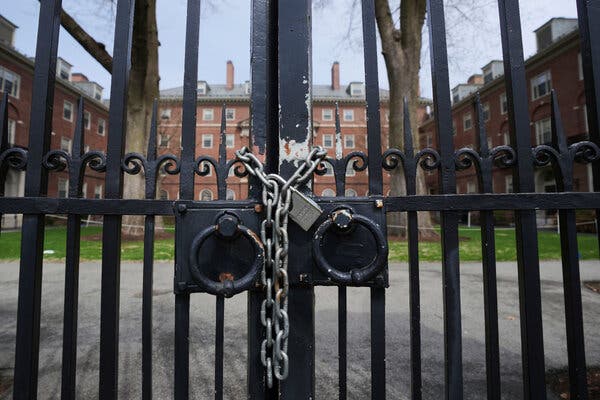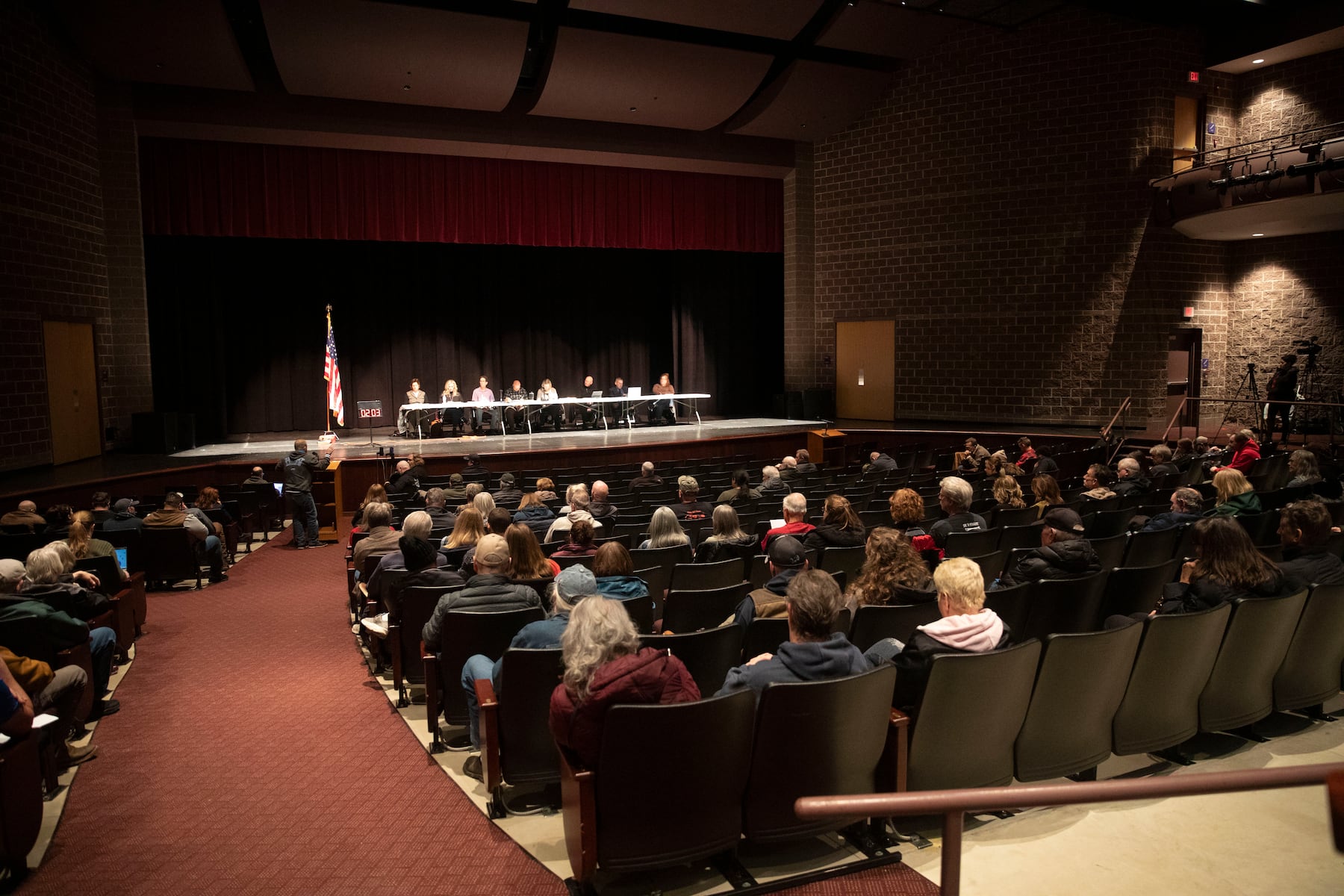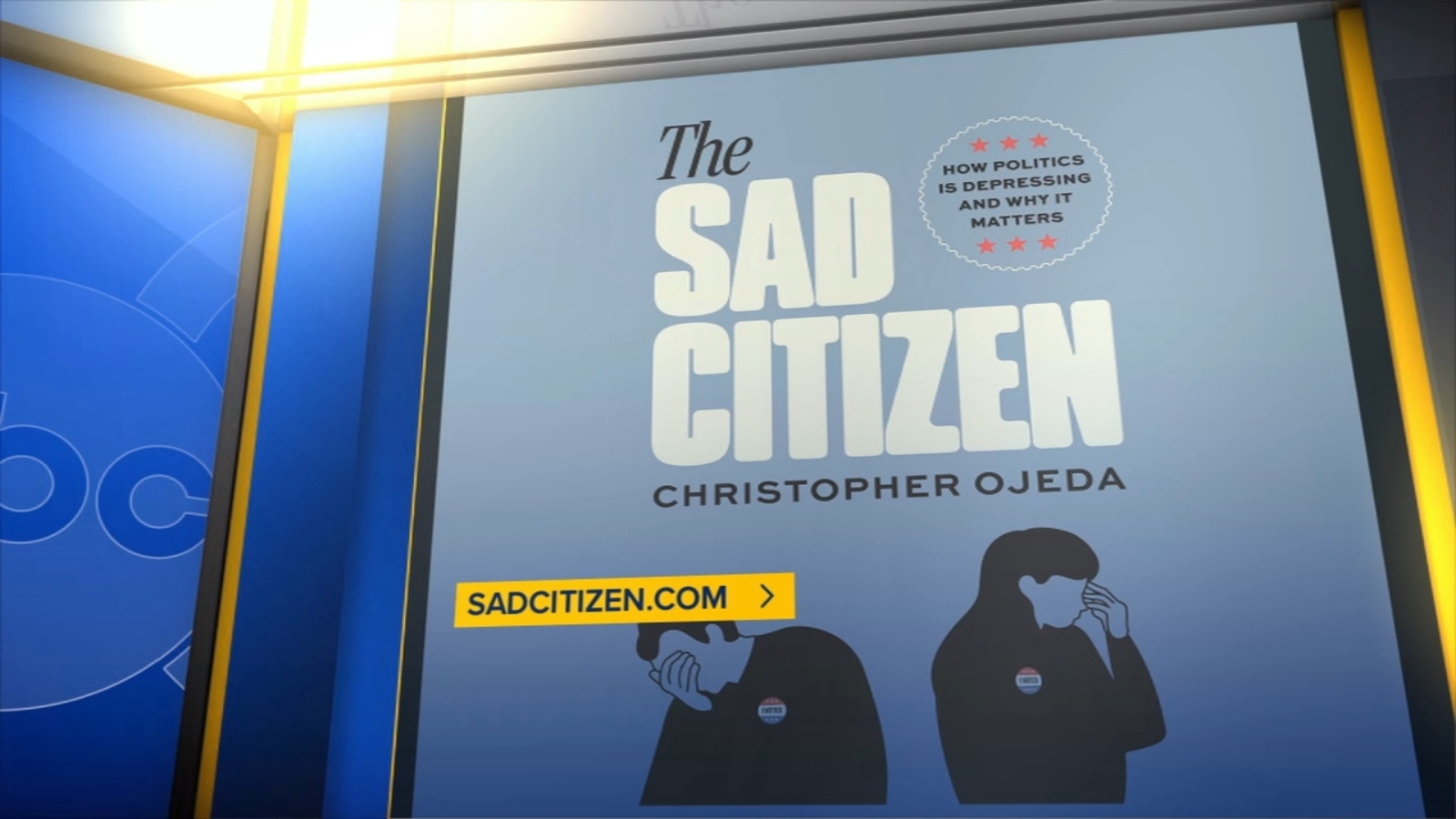America Faces Growing Divide as Class Segregation Deepens

America is grappling with significant challenges to its democratic fabric, highlighted by a growing divide rooted in class segregation. In a candid reflection, a former journalist from The New York Times shares personal experiences that reveal the troubling trends of social distrust and self-segregation within communities. The author, who took a considerable pay cut to support a nonprofit organization called Weave, delves into the implications of these divisions and the urgent need for reform.
The nonprofit was launched with the belief that local initiatives can rebuild trust within communities. This effort emerged during the tumultuous early years of the Trump administration, when the author sought to contribute positively to society. Despite the challenges of managing an organization, including several missteps, Weave is now thriving under the leadership of Fred Riley, with plans to expand to 75 communities within three years.
Traveling across the United States, the author has interviewed individuals from various backgrounds, affirming a troubling conclusion: segregation is not only racial but also class-based. While racial segregation in schools has seen some decline, class segregation has intensified. The stark contrast between areas dominated by college graduates and those where high school graduates predominate is alarming, resembling travel between completely different worlds.
In her 2003 book “Diminished Democracy,” Theda Skocpol of Harvard University argued that previously, Americans participated in cross-class organizations such as the Rotary or Elks clubs. Today, many highly educated individuals have withdrawn into professional circles that exclude those from different socioeconomic backgrounds. This self-segregation has significant consequences, as noted in a recent study published in the journal Nature, which indicated that the majority of society’s power brokers graduated from just 34 elite institutions.
The implications of this class divide extend to the education system, where disparities in early childhood education set the stage for long-term academic gaps. Children from affluent families are significantly more likely to attend preschool, and by sixth grade, students in wealthy districts have already surpassed their peers in poorer areas. Research led by economist Raj Chetty in 2017 revealed that children from the wealthiest 1% of families were 77 times more likely to attend Ivy League schools compared to those from families earning $30,000 or less.
In his book “The Meritocracy Trap,” Daniel Markovits asserts that the educational divide between affluent and less affluent individuals now exceeds the racial achievement gap that existed during the final days of Jim Crow. This stark reality serves as a call to action for those who oppose the current administration. While standing against the policies of Donald Trump is crucial, it is equally important to address the underlying issues that have given rise to populism.
The author expresses concern over the potential long-term effects of global populism, which has been gaining traction in many developed nations. The immediate focus on resisting Trump’s actions should not overshadow the need for systemic reforms that address the root causes of discontent. Previous efforts by Democratic leaders such as Bill Clinton and Barack Obama to expand educational opportunities faced pushback from core constituencies. Today, the absence of a robust education reform agenda from political figures, including Kamala Harris, raises questions about the party’s commitment to addressing these disparities.
Educational reforms, particularly in red states, have gained momentum. States like Mississippi, Alabama, Louisiana, and Tennessee have seen significant improvements in student performance, highlighting the growing divide in educational policy adoption. The Democratic Party risks becoming synonymous with the status quo if it fails to engage with these emerging reform efforts.
As the author reflects on the current political landscape, it becomes clear that opposing Trump requires more than a reactive approach. Advocates for change must also engage in meaningful reforms aimed at disrupting the entrenched class system. This involves directing investments into sectors that do not require college degrees and fostering inclusive environments in workplaces where diverse political beliefs can coexist.
The call to action is straightforward: individuals can make a difference by participating in cross-class organizations and engaging in shared activities that foster dialogue. The author shares a personal anecdote about wearing a New York Mets hat, which has sparked conversations across various communities. These interactions serve as a reminder that despite societal divisions, there remains the potential for unity.
In conclusion, America’s deepening class segregation poses a significant challenge to its democratic values. While resistance to current political trends is vital, the focus must also shift towards comprehensive reforms that address the root causes of societal discord. Only through collective action and a commitment to inclusivity can the nation hope to bridge the divides that threaten its future.






